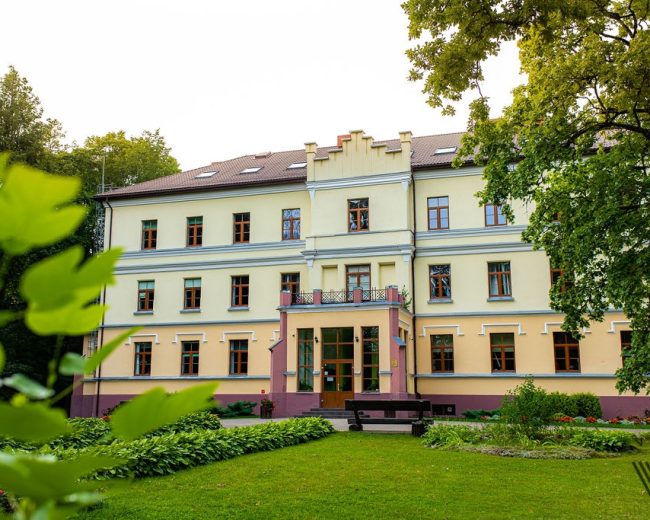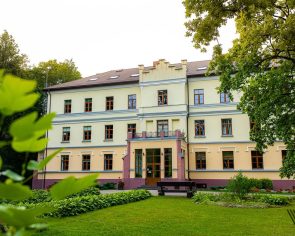Taurupe manor, museum and park
Taurupe manor, museum and park
Taurupe has united other parishes and collective farms during the Soviet era. Over time Taurupe has shrunk to a small place where you can stay in the Vidzeme highlands, but you can still feel the old glory and grandeur around its manor.
The manor complex has farm buildings and a free-plan park with a beautiful alley. The park's plants are mainly based on local tree species. On the south-west side of the park, the Taurupe cypress grows.
The place is suitable for visitors of different ages.
The place is available for a large number of visitors.
The oldest information about the surroundings of Taurupe is from 1499, when the Archbishop of Riga Miķelis Hildebrands leased the land to Jākobs Aderkas. The name of Aderkaši manor (German: Fistehl, Fistehlen) and the name of the settlement also originated from this name. The manor owned 30 farms during the time of Swedish Vidzeme in 1687. There was also a brick kiln in Aderkaši. Only the ruins of the manor have survived till today. In 1709, when Russian troops occupied the surrounding counties, the Great Plague was brought into the vicinity of Taurupe, which destroyed a large part of the population. The road from Ērgļi to Riga ran through the territory of the parish since ancient times, so there were many taverns on its side where you could rest and feed your horses, eat and drink beer.
In 1954, the village of Aderkaši was added to the village of Taurupe. In 1959, the territory of the Soviet farm "Taurupe" of the village of Zaube was added to the village of Taurupe too. In 1963, the territory of the Soviet farm "Taurupe" of the village of Plātere was added to the village of Taurupe, and the territory of the Soviet farm Oškalns of the village of Taurupe was included in the village of Mazozoli. In 1990, the village was reorganized into a parish.
There is a small museum of local history of Taurupe in the former house of the manager of the manor, which is also called the "White House". The visit must be booked in advance.
The manor castle was built in the second half of the 19th century, and later rebuilt by its owner, Baron von Tranze, of Flemish origin. The castle was rebuilt according to the design of the famous Baltic German architect Wilhelm Boxlaff in the Tudor neo-Gothic style. It burned down in 1905 and was later restored. A school has been operating in the castle since 1938. The building was rebuilt in the 1960s. It is viewable only from the outside.
The place is available at any time of the year.


Working time
Outside space is always available.
You can visit the museum only with prior application for a certain day and time.

